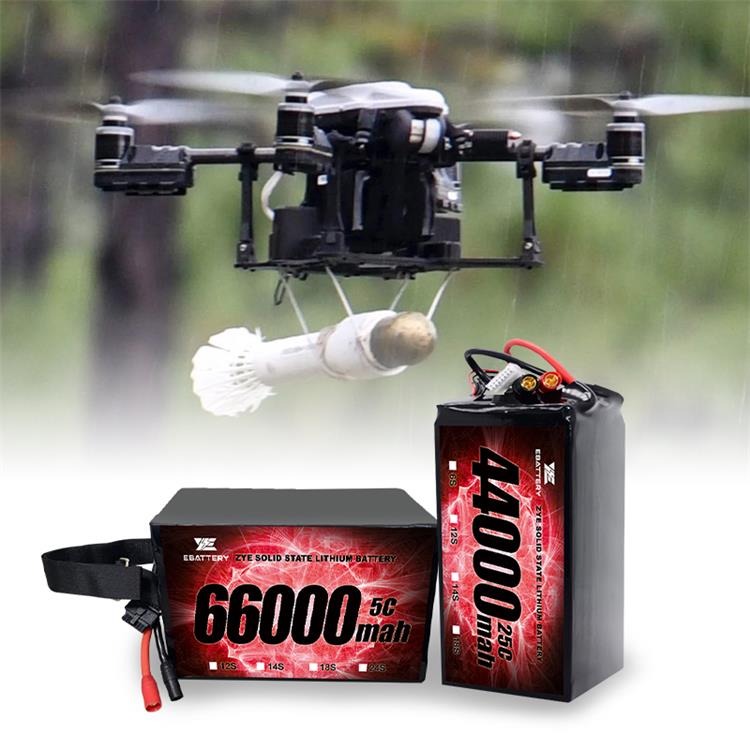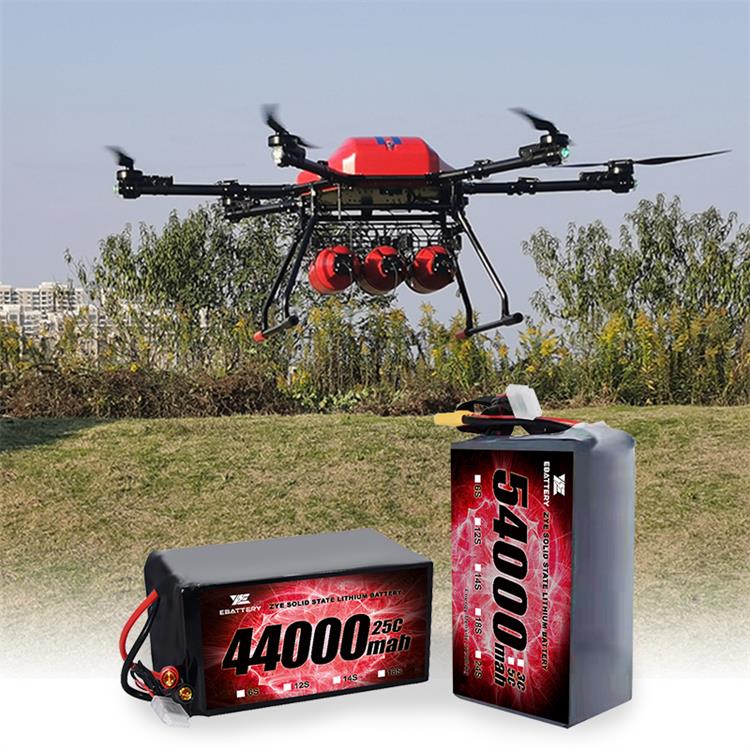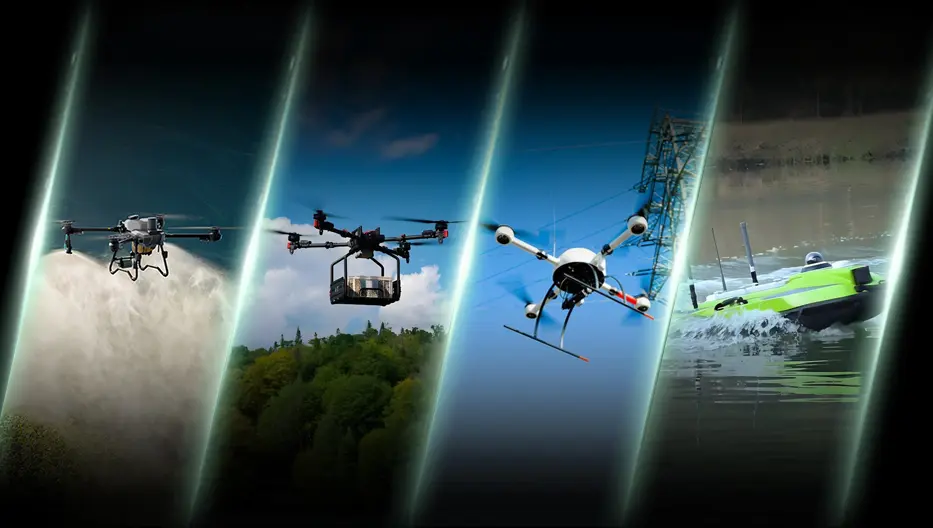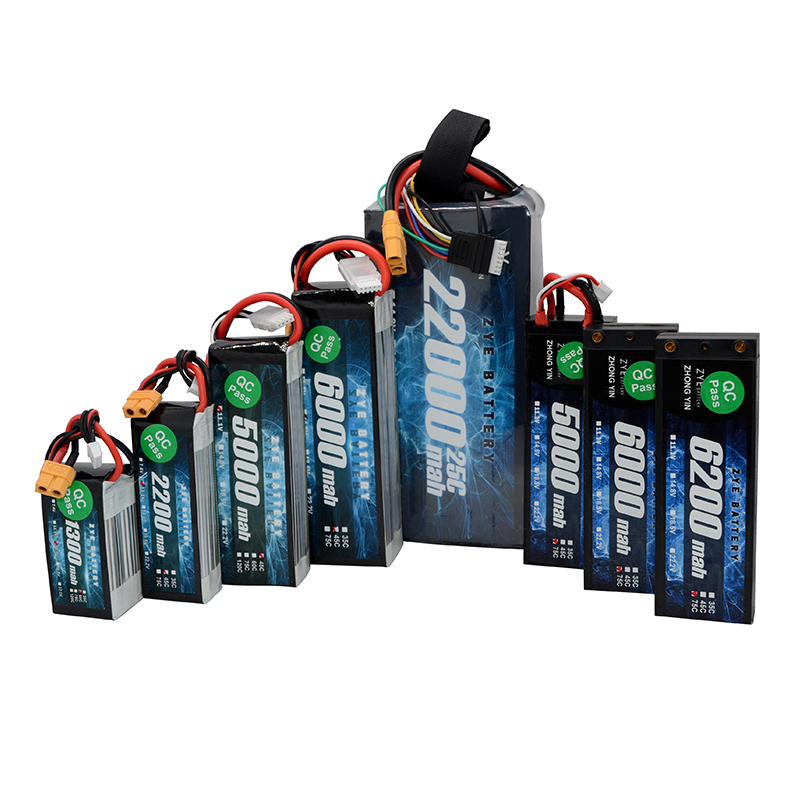How to protect Lipo Battery from water damage?
2025-08-01
Traveling with lithium polymer (LiPo) batteries can be a source of confusion and concern for many passengers. A common question that arises is whether these batteries are waterproof.
We'll explore the water resistance of lipo-battery-for-drone, and provide valuable insights on how to protect your battery from water damage.

What Happens If a Lipo Battery Gets Wet?
Understanding the potential consequences of water exposure to a LiPo battery is essential for maintaining safety and prolonging battery life. Here's what can happen if lipo battery comes into contact with water:
Short Circuits: Water can create a conductive path between the battery terminals, leading to a short circuit. This can result in rapid discharge, overheating, and potentially even fire or explosion.
Corrosion: Exposure to water, especially saltwater, can cause corrosion of the battery terminals and internal components. This corrosion can lead to decreased performance, reduced capacity, and ultimately, battery failure.
Chemical Reactions: Water infiltration can trigger unwanted chemical reactions within the battery, potentially causing the release of harmful gases or damaging the internal structure of the cells.
Swelling: In some cases, water exposure can cause the battery to swell or "puff up." This is a clear sign of damage and indicates that the battery should be safely disposed of and replaced.
Reduced Performance: Even if immediate damage is not apparent, water exposure can lead to a gradual decline in battery performance, including reduced capacity and shorter lifespan.

How to Properly Maintain lipo-battery-for-drone
Proper maintenance is crucial for extending the life of lipo battery. Here are some essential tips:
1. Storage Voltage
When not in use for extended periods, store your LiPo batteries at their optimal storage voltage, typically around 3.8V per cell. Many modern chargers have a storage mode to achieve this voltage easily.
2. Regular Cycling
Even when not in regular use, cycle your batteries every few months to maintain their health. This practice involves discharging to about 40% capacity and then recharging fully.
3. Temperature Management
Avoid exposing your batteries to extreme temperatures. Store them in a cool, dry place, and never charge a cold battery – allow it to reach room temperature first.
4. Proper Disposal
When a battery reaches the end of its useful life, dispose of it responsibly. Many hobby shops and electronics stores offer LiPo battery recycling services.
5. Safe Charging Practices
Always charge your LiPo batteries in a fire-resistant container or LiPo safe bag. Never leave charging batteries unattended, and discontinue use if you notice any unusual heat or swelling during the charging process.

If your lipo-battery does come into contact with water, it's crucial to take immediate action:
1. Disconnect the battery from any devices or chargers.
2. Dry the battery thoroughly using a soft, absorbent cloth.
3. Place the battery in a dry, well-ventilated area for at least 24 hours to ensure all moisture has evaporated.
4. Inspect the battery for any signs of damage, such as corrosion or swelling.
5. If you notice any unusual odors, discoloration, or physical changes, dispose of the battery safely and replace it.
6. If the battery appears undamaged, test it carefully before use, monitoring for any signs of malfunction or reduced performance.
Remember, safety should always be your top priority when dealing with LiPo batteries that have been exposed to water.
If you have any questions about LiPo battery care or are looking for high quality lipo battery solutions, please feel free to contact us at coco@zyepower.com. We're here to help you power your projects safely and efficiently.
























































